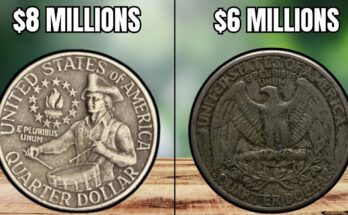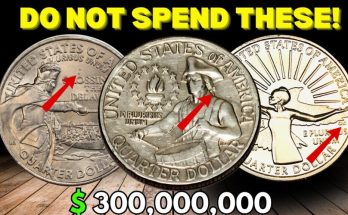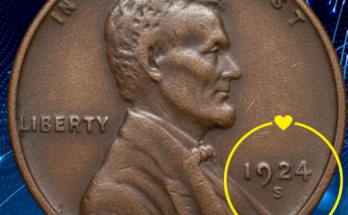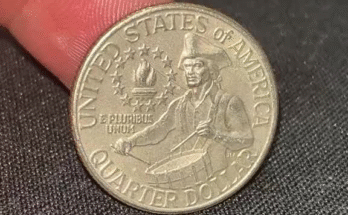The humble penny. Most of us toss it into a jar without a second thought. But what if a single penny told the story of an entire nation at war, created a media controversy, and became one of the most compelling and inexpensive collectibles in numismatic history?
Meet the 1943 Steel Cent.
It’s a coin born of necessity, a silver-colored oddity in a sea of copper, and a fascinating reminder of how even the smallest piece of currency can carry immense historical weight. For collectors using a magazine-style site like HitMag, this is the perfect featured story—a simple coin with a huge, dramatic history.
H2: The Copper Crisis of World War II
Why did the United States Mint suddenly stop producing copper cents in 1943? The answer lies in the intense demands of World War II.
Copper was a strategic metal essential for manufacturing ammunition, wiring, and machinery crucial to the war effort. The U.S. government needed to conserve every available ounce of the metal. In a dramatic move, Congress mandated a change to the cent’s composition for one year only.
The Mint’s solution was the zinc-coated steel cent.
H3: The Unintended Consequences of the Steel Cent
The new steel cents were visually distinct, but they created immediate problems:
- Public Confusion: The silver color often led the public to mistake them for dimes, causing immediate frustration in commerce.
- Vending Machine Failure: The magnetic properties of the steel made them jam in early vending machines and pay phones.
- Rusting: The zinc coating wore off quickly, causing the steel to rust, making the cents look unsightly and even corroding the paper in bank rolls.
Despite these issues, the wartime sacrifice was made. Over one billion of these unique pieces were minted across Philadelphia, Denver, and San Francisco.
H2: The Fabled Errors: The True Rarity
While the steel cent itself is common and inexpensive (often available for less than a dollar), its story is entwined with one of the most valuable and legendary error coins in U.S. history: The 1943 Copper Cent.
H3: The Coin That Shouldn’t Exist
In 1943, a small number of copper planchets (the blank discs used to strike coins) were accidentally left in the feeding hoppers. These were struck with the 1943 dies, creating one of the most sensational numismatic errors ever.
- The Myth: For decades, a rumor persisted that Henry Ford would trade a new car for a 1943 copper cent. While untrue, the legend cemented the coin’s place in popular culture.
- The Reality: Fewer than 20 genuine specimens are known to exist today. When one sells, it makes headlines, often fetching a price well into the six figures.
NUMISMATIC FACT
In 2010, one of the finest known 1943 Bronze (Copper) Cents sold at auction for $1.7 million, proving that a wartime mistake can create incredible long-term value.
H2: Why This Coin Belongs in Your Collection
Even if a $1.7 million copper error is out of reach, every collector should own a standard 1943 Steel Cent.
It offers a perfect example of collecting with a compelling story, which is what the hobby is all about:
- A Piece of WWII History: It is a tangible symbol of America’s commitment to the war effort.
- Affordable Access: It’s an easily acquired and affordable piece of American history.
- A Conversation Starter: Its unusual color is guaranteed to catch the eye of non-collectors and spark a discussion about its fascinating background.
The 1943 Steel Cent is more than a coin; it’s a century of American ingenuity, sacrifice, and a reminder that even in the rush of history, errors happen—and sometimes those errors become legendary.
Further Reading & Resources
- The Lincoln Cent Series: What to look for when hunting for valuable Lincoln Cents (including the 1955 Double Die).
- Grading Wartime Coins: Tips for assessing the condition of cents, nickels, and dimes from the 1940s.



